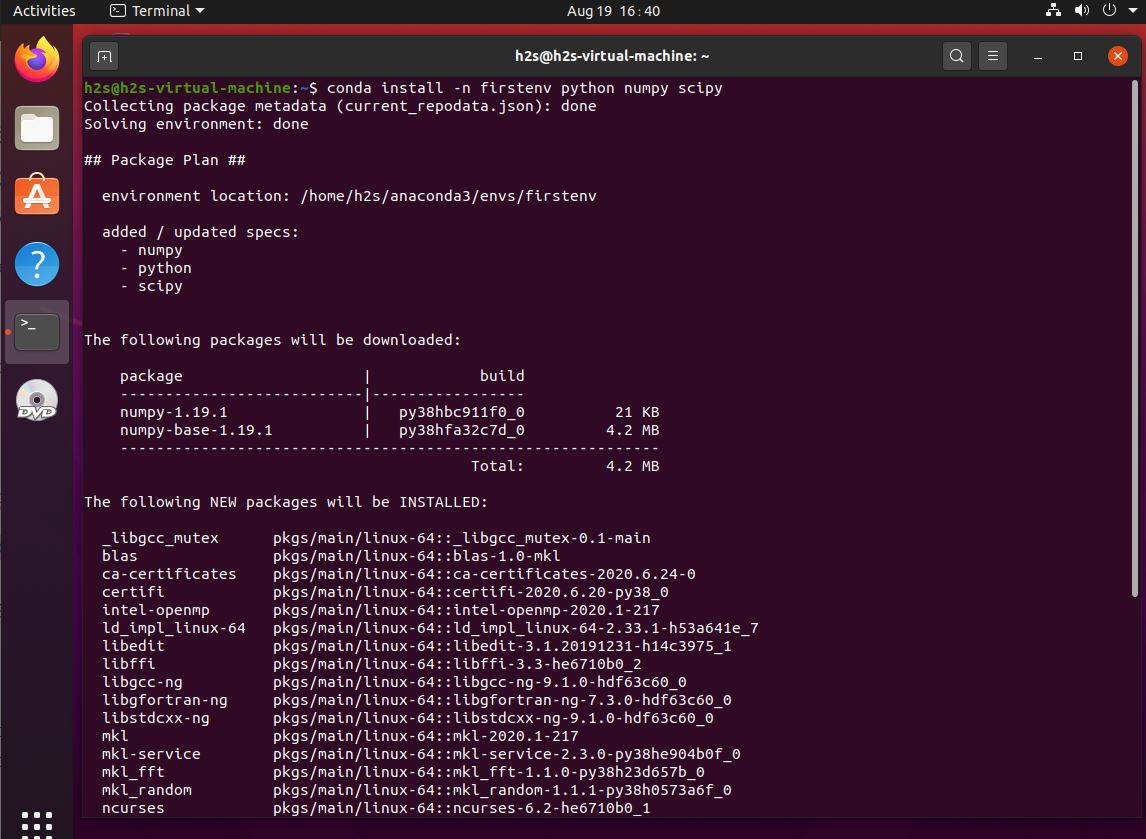


There are also various useful files in the installation environment: There is also a root shell running on TTY2 available for the user to inspect the installation environment during the installation run. The Anaconda installer provides various useful tools and commands for both users with specific installation needs as well as for debugging issues with the installer itself or OS installation in general.Īnaconda supports a rich set of options that can be passed to the boot command line to influence installation behaviour. Anaconda also has a custom text frontend with support for computers with line printer like terminals, such as the IBM ESA/390 mainframes. It has a graphical frontend that is based on GTK+ 3/ PyGObject and designed with the Glade Interface Designer. It is mainly written in Python with some modules written in C. Only if the requirements are satisfied does it start the installation process. Before starting the OS installation process, the installer checks the system hardware and resource requirements. Installations can be automated with the use of a kickstart file, that automatically configures the installation, allowing users to run it with minimal supervision. It supports installing from local storage devices like CD-ROM drives and harddisks as well as from network resources via FTP, HTTP, or NFS. It is designed to be easily portable and supports a wide range of hardware platforms ( IA-32, Itanium, DEC Alpha, IBM ESA/390, PowerPC, ARMv8). Anaconda installing CentOS 7 in text modeĪnaconda offers a text-mode and GUI mode, so users can install on a wide range of systems.


 0 kommentar(er)
0 kommentar(er)
